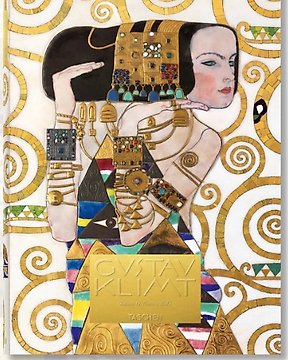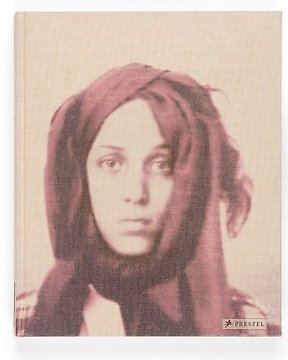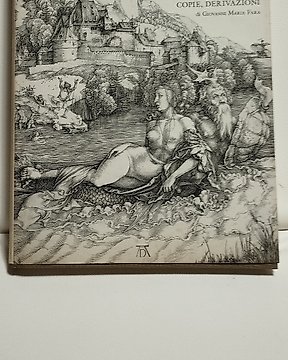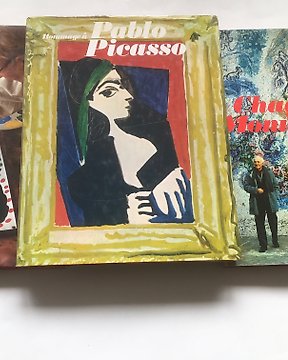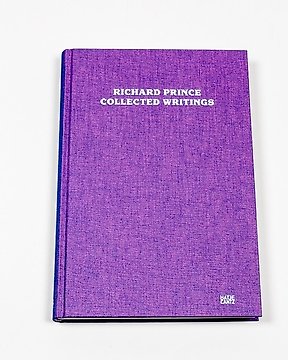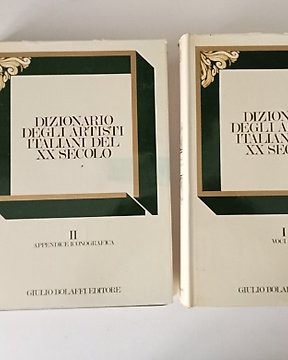Another excellent book in mint condition from an outstanding seller
Vizualizați traducereaA very knowledgeable collector and highly professional. A pleasure to meet and a great customer experience.
Catawiki își actualizează în permanență tehnologia. Momentan folosiți un browser neactualizat. Pentru a vă optimiza experiența, vă rugăm actualizați browserul.
Vă puteți seta preferințele de cookie-uri folosind comutatoarele de mai jos. Puteți actualiza preferințele, să vă retrageți consimțământul în orice moment, și vizualiza o descriere detaliată a tipurilor de cookie-uri pe care noi sau partenerii noștri le utilizăm în Politica noastră de Cookie-uri.
Nr. 85310421

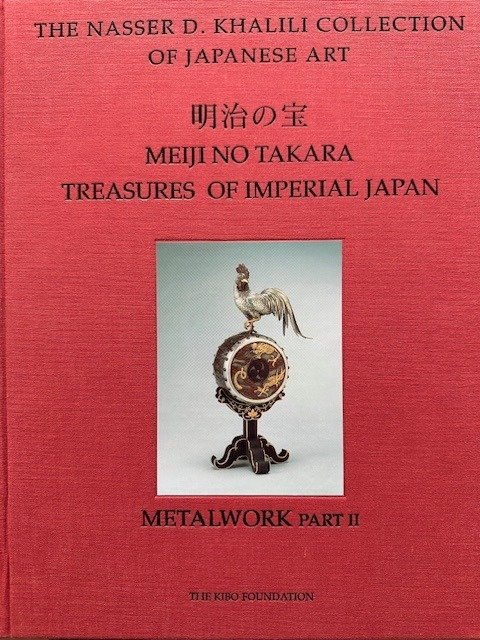
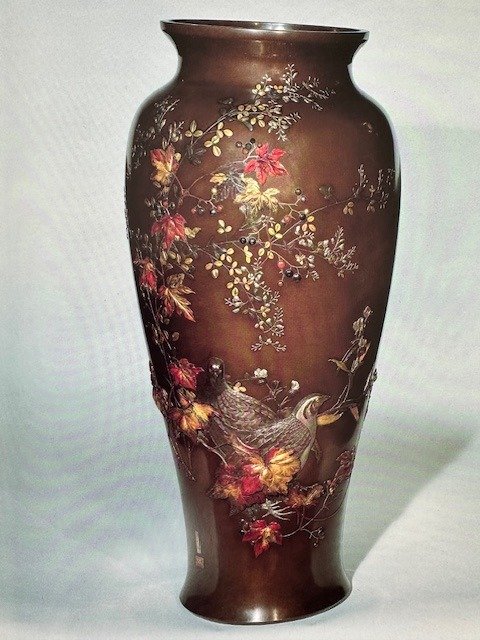
The Nasser D.Khalili Collection of Japanese Art, Meiji No Takara, Treasures of Imperial Japan, Metalwork Part I,275 pages and Metalwork Part II,227pages, Volume II, by Malcolm Fairley (Author), Oliver Impey (Author), Victor Harris (Author),The Kibo Foundation,1995
The Khalili Collection of Japanese Art is a private collection of decorative art from Meiji-era (1868–1912) Japan, assembled by the British-Iranian scholar, collector and philanthropist Nasser D. Khalili. Its 1,400 art works include metalwork, enamels, ceramics, lacquered objects, and textile art, making it comparable only to the collection of the Japanese imperial family in terms of size and quality. The Meiji era was a time when Japan absorbed some Western cultural influences and used international events to promote its art, which became very influential in Europe. Rather than covering the whole range of Meiji-era decorative art, Khalili has focused on objects of the highest technical and artistic quality. Some of the works were made by artists of the imperial court for the Great Exhibitions of the late 19th century. The collection is one of eight assembled, published, and exhibited by Khalili.
Although the collection is not on permanent public display, its objects are lent to cultural institutions and have appeared in many exhibitions from 1994 onwards. Exhibitions drawing exclusively from the collection have been held at the British Museum, Israel Museum, Van Gogh Museum, Portland Museum, Moscow Kremlin Museums, and other institutions worldwide.
The collection is one of eight assembled by Nasser D. Khalili, each of which is considered among the most important in its field. Three of them include works from Japan: the collection of Japanese art, the Khalili Collection of Kimono, and the Khalili Collection of Enamels of the World. Khalili observed that Japanese arts were less well-documented than European arts of the same period, despite being technically superior: "Whilst one could argue it is relatively easy to replicate a Fabergé, to replicate the work of the Japanese master is nigh on impossible." As well as assembling these collections, Khalili founded the Kibo Foundation (from the Japanese word for "hope") to promote the study of art and design of the Meiji era, publishing scholarship about the collection and its historical context.
Metalwork Parts I and II
Set of two parts; 500 pages; fully illustrated in colour; 40 x 30 cm; hardback with slipcase; 1995; ISBN: 978-1-874780-02-1
This volume introduces 161 examples from the greatest group of Meiji-period masterpieces in metal ever assembled, decorated in an astonishing variety of virtuoso techniques and drawing on a vast store of subject matter derived from Chinese and Japanese history, legend, and religion.
It includes a vast and hitherto unknown bronze incense-burner by Suzuki Chokichi (1848–1919), an exquisitely decorated elephant incense-burner by Shoami Katsuyoshi (1832–1908), a large group of iron pieces decorated in gold by the Komai family of Kyoto, and ornaments commissioned from leading artists by the Ozeki company.
Kano Natsuo (1828–98), the outstanding decorative metalworker of 19th-century Japan, is represented by a table-screen in shibuichi, and there is another screen of Shoki the demonqueller, by his great contemporary Unno Shomin (1844–1915).
The sculptural highlight of the entire Collection is a group by Otake Norikuni (b. 1852) representing the deity Susanoo no Mikoto receiving the sacred jewel.
The Nasser D.Khalili Collection of Japanese Art, Meiji No Takara, Treasures of Imperial Japan, Metalwork Part I,275 pages and Metalwork Part II,227pages, Volume II, by Malcolm Fairley (Author), Oliver Impey (Author), Victor Harris (Author),The Kibo Foundation,1995
The Khalili Collection of Japanese Art is a private collection of decorative art from Meiji-era (1868–1912) Japan, assembled by the British-Iranian scholar, collector and philanthropist Nasser D. Khalili. Its 1,400 art works include metalwork, enamels, ceramics, lacquered objects, and textile art, making it comparable only to the collection of the Japanese imperial family in terms of size and quality. The Meiji era was a time when Japan absorbed some Western cultural influences and used international events to promote its art, which became very influential in Europe. Rather than covering the whole range of Meiji-era decorative art, Khalili has focused on objects of the highest technical and artistic quality. Some of the works were made by artists of the imperial court for the Great Exhibitions of the late 19th century. The collection is one of eight assembled, published, and exhibited by Khalili.
Although the collection is not on permanent public display, its objects are lent to cultural institutions and have appeared in many exhibitions from 1994 onwards. Exhibitions drawing exclusively from the collection have been held at the British Museum, Israel Museum, Van Gogh Museum, Portland Museum, Moscow Kremlin Museums, and other institutions worldwide.
The collection is one of eight assembled by Nasser D. Khalili, each of which is considered among the most important in its field. Three of them include works from Japan: the collection of Japanese art, the Khalili Collection of Kimono, and the Khalili Collection of Enamels of the World. Khalili observed that Japanese arts were less well-documented than European arts of the same period, despite being technically superior: "Whilst one could argue it is relatively easy to replicate a Fabergé, to replicate the work of the Japanese master is nigh on impossible." As well as assembling these collections, Khalili founded the Kibo Foundation (from the Japanese word for "hope") to promote the study of art and design of the Meiji era, publishing scholarship about the collection and its historical context.
Metalwork Parts I and II
Set of two parts; 500 pages; fully illustrated in colour; 40 x 30 cm; hardback with slipcase; 1995; ISBN: 978-1-874780-02-1
This volume introduces 161 examples from the greatest group of Meiji-period masterpieces in metal ever assembled, decorated in an astonishing variety of virtuoso techniques and drawing on a vast store of subject matter derived from Chinese and Japanese history, legend, and religion.
It includes a vast and hitherto unknown bronze incense-burner by Suzuki Chokichi (1848–1919), an exquisitely decorated elephant incense-burner by Shoami Katsuyoshi (1832–1908), a large group of iron pieces decorated in gold by the Komai family of Kyoto, and ornaments commissioned from leading artists by the Ozeki company.
Kano Natsuo (1828–98), the outstanding decorative metalworker of 19th-century Japan, is represented by a table-screen in shibuichi, and there is another screen of Shoki the demonqueller, by his great contemporary Unno Shomin (1844–1915).
The sculptural highlight of the entire Collection is a group by Otake Norikuni (b. 1852) representing the deity Susanoo no Mikoto receiving the sacred jewel.
Another excellent book in mint condition from an outstanding seller
Vizualizați traducereaA very knowledgeable collector and highly professional. A pleasure to meet and a great customer experience.
Just perfect, thanks !!
Vizualizați traducereaExcellent, 2 Exceptional books
Parfait
Vizualizați traducereaExcellent enjoy this exceptional publication
Beautiful piece arrived in said (perfect) condition - I am very happy😊 Excellent packaging and superfast shipping - thank you👍
Vizualizați traducereaThank you for the professional packing and for the good communication, I'm happy to deal with you again. The Swarovski arrived very fast and in perfect conditions. Seller highly recomanded.
Vizualizați traducereaReally glad that the item was delivered next day and Swarovski is in perfect condition
Top vendeur
Vizualizați traducereaGlad you liked this exceptional book
Perfetto. Condizioni eccellenti. Libro straordinario.
Vizualizați traducereatop très rapide très bien emballé
Vizualizați traducereaSuper c’est un beau livre
Excellent achat, envoi très rapide et soigné d'un magnifique ouvrage. Grand merci
Vizualizați traducereaSuper c’est un livre exceptionnel
Merveilleux !
Vizualizați traducereaC’est un livre exceptionnel
Items as shown on the pictures. Perfectly packed. Arrived quickly. Recommended seller!
Vizualizați traducereaVery knowledgeable and professional collector,
oggetto come descritto in asta. arrivato in tempi brevi e ben imballato
Vizualizați traducereaoggetto come descritto in asta. arrivato in tempi brevi e ben imballato
Vizualizați traducereaarrivato in tempi brevi e ben imballato.
Vizualizați traducereaEverything good!!!
Vizualizați traducereaExcellent, am glad it reached safely.
Thanks very much. A lovely and interesting book. Quickly delivered.
Vizualizați traducereaBeautiful book. Carefully packaged an quickly delivered. Recommended seller.
Vizualizați traducereaVery beautifull Swarovski Mandarin Ducks. Well packed.👍🏻
Vizualizați traducereaNice pieces of Swarovski and well packed.👍🏻
Vizualizați traducereaBeautifull piece of Swarovski. Well packed.👍🏻
Vizualizați traducereaGood piece of Swarovski. Well packed. 👍🏻
Vizualizați traducereaVery good piece of Swarovski. Well packed.👍🏻
Vizualizați traducereaTop vendeur
Vizualizați traducereaEnjoy this wonderful publication
quick delivery . neatly packaged. very happy
Vizualizați traducereavraagje heb 2 stukken gekocht: verzendkosten = 40 euro per stuk=80 euro EEN (1) pakket ontvangen(2 stukken) waarom 2 x verzendkosten!!!!!!!!!!!!!!!! betalen!!!!
Vizualizați traducereaI usually ship each item individually and that explains reason for Euro 40 per parcel. However, on this specific occasion I combined the 2 crystal items in one DHL box to save shipment cost.
Another excellent book in mint condition from an outstanding seller
Vizualizați traducereaA very knowledgeable collector and highly professional. A pleasure to meet and a great customer experience.
